Official Exhibition Catalogue, 1932
© Wien Museum
The Exhibition as Media Event
‘Coloured hutches’ – ‘Cube estate’ – ‘Crazyville’!
Almost as soon as the Werkbund Exhibition opened its doors on 4 June 1932, Viennese vernacular wit had spawned a whole repertoire of names for the new model estate. That this was a tradition in Vienna, particularly in relation to modern architecture, is shown by the nicknames invented decades earlier for Olbrich’s Secession (‘golden cabbage’) and Otto Wagner’s Stadtbahn stations (‘parrot cages’) and Postal Savings Bank (‘hobnailed crate’).
Substantial media interest
The great public interest in the Werkbund Estate was however also reflected in numerous reports in the media. The opening ceremony was broadcast live by the RAVAG, the Austrian radio company, and over the following months Radio Wien transmitted features and interviews with architects including Hugo Häring, Gerrit Thomas Rietveld and Josef Frank. After a debate between Oskar Strnad and a staunch critic on the topic of ‘What do you dislike about the Werkbund Estate?’, passionate devotees and fierce detractors of the estate almost came to blows.
Proponents and opponents
Over that summer Austria’s newspapers – particularly the Arbeiterzeitung – carried regular reports on both sides of the debate about the ‘greatest architectural exhibition in Europe’. For some, the estate with its 70 houses was too expensive, the individual houses much too small, its external appearance too modern and the layout defective, while others saw in it the future for modern single-family dwellings and the modern domestic lifestyle. A polemicized description mocked that ‘in most of these tiny kitchens it would be impossible to make the famous Viennese apple strudel, nor was someone who lives off strudel the right size to work in such a kitchen or even be able to get down the steps to the cellar’. Another report referred to the estate as ‘houses for dwarves’. All in all however positive reports predominated, both in the Austrian and the international press. The Arbeiterzeitung described the estate on the opening day as ‘[…] an exemplary museum of architecture without seeming in the least like one. It is as lively as could be’, and even the Neue Freie Presse acclaimed the exhibition warmly. Reviews ranged from ‘the new style is extraordinarily expressive and varied‘ to affirming that the houses not only demonstrated ‘the creativity of the best national and international architects’, but also ‘that one may lead a comfortable life within modest limits if care is taken to achieve the best use of space’. Max Eisler certainly encapsulated the intentions of Josef Frank, the initiator of the Werkbund Estate, when he wrote: ‘For here it is not about just another more or less interesting exhibition, but a vital question of our culture‘.
Text: Anna Stuhlpfarrer